5 App Monetization Strategies – A Complete Guide to App Monetization
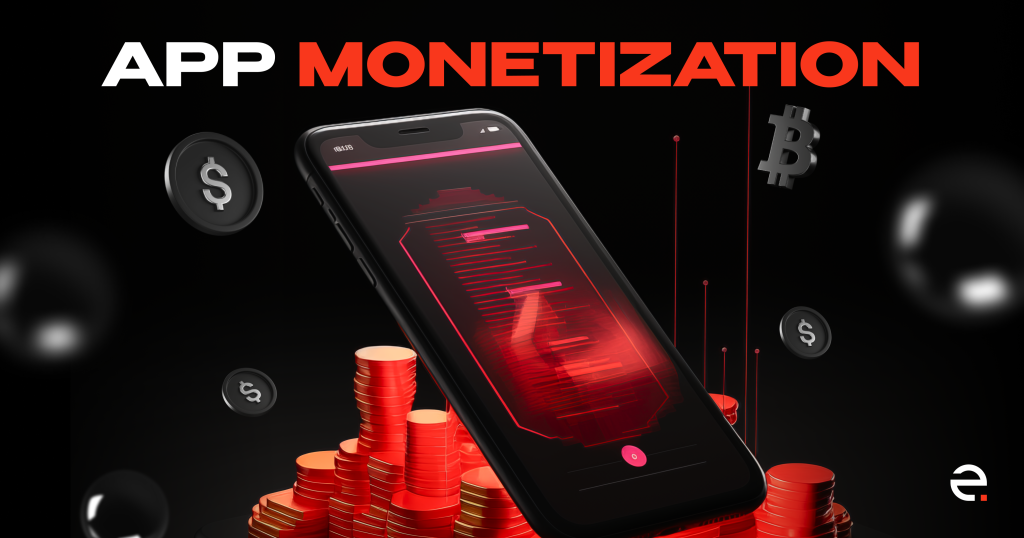
Today, the modern world just cannot live without mobile applications. Thus, developers are actively introducing their apps to the market and, obviously, anticipate earning revenue from them. To begin generating a profit, a clear and well-thought-out app monetization strategy is essential. In this app monetization guide, we delve into common app monetization strategies and the scenarios in which they should be implemented.
What is app monetization?
Here, we speak about the process by which the developer receives a stable income from the application. Monetization results depend on many factors, such as audience size, content quality, the set of connected advertising networks etc. For instance, gaming app revenue can be earned through in-app purchases offering extra lives or character clothing. Additionally, advertising banners or videos can be integrated into the application. Or, the developer can just set a fixed initial price. If the monetization process is properly structured, it can facilitate earning money even from a free application.
Why Mobile App Monetization Is Important?
More than 90% of mobile applications in stores can be installed for free. Imagine investing hundreds or thousands of dollars in a solution only to offer it for free without yielding any benefit. Clearly, app monetization models need to be adjusted to prevent losses for founders and investors.
This is where mobile app monetization strategies play a vital role. This strategy should prioritize two key aspects for users. Firstly, ensuring your application generates consistent and increasing revenue is crucial. Secondly, you must guarantee that the chosen method does not adversely affect users or their experience!
5 App Monetization Strategies
Once you’re confident that your product is ready for the market, it’s time to explore various app monitization strategies. There are a few primary options:
Advertising Within the Application
Here, developer selects from various types of display advertising on platforms like AdMob or IronSource. Upon registration, the publisher gains the ability to incorporate:
- Banners: Simple and static ads typically positioned as horizontal stripes at the top or bottom of the page. They are cost-effective and easily integrated into most applications. ABs provide a steady but modest income stream without significant impact on user retention.
- Full-Screen Rich Interstitials: Comprising full-screen images that usually can’t be dismissed immediately, these ads boast a high click-through rate (CTR) by capturing attention actively. Placing them between content elements rather than on the initial page tends to yield better results.
- Video Interstitials: Similar to full-screen ads but utilizing video content. They are often inserted after specific actions in the app, like completing game levels.
- Offerwalls: Present users with tasks to complete for rewards, such as watching ads, taking surveys, or subscribing to newsletters, fostering user retention without direct costs to users.
Monetizing through advertising is straightforward and highly effective. By registering as an advertiser on platforms like AdMob or IronSource, you gain access to diverse ad formats. Experiment with different platforms and ad types to determine the best fit for your product while considering audience interests to maintain engagement amid a potentially high ad volume.
In-App Purchases
Here, revenue is generated from purchases within the application. It means the product itself and its main functions are usually free, but for advanced features, additional content, “coins”, etc., individuals have to pay.

There are two primary types of purchases developers may offer: consumable and non-consumable products. Consumable ones are used once and then depleted, necessitating repurchase. Examples include hints, extra lives, or shortcuts to the next level. Non-Consumable ones retain their utility post-purchase, such as character equipment or exclusive features.
If this is your option, consider the following steps first:
- Explore what competing apps sell and at what price points. This insights reveal consumer preferences and willingness to pay.
- Identify aspects that enhance your app’s value and appeal.
- Implement tiered pricing! Offering various price levels is pivotal. Users may be inclined to make larger purchases if initial costs are minimal. Understanding buyer psychology leads to increased spending over time through strategic pricing.
Paid Subscription and Freemium
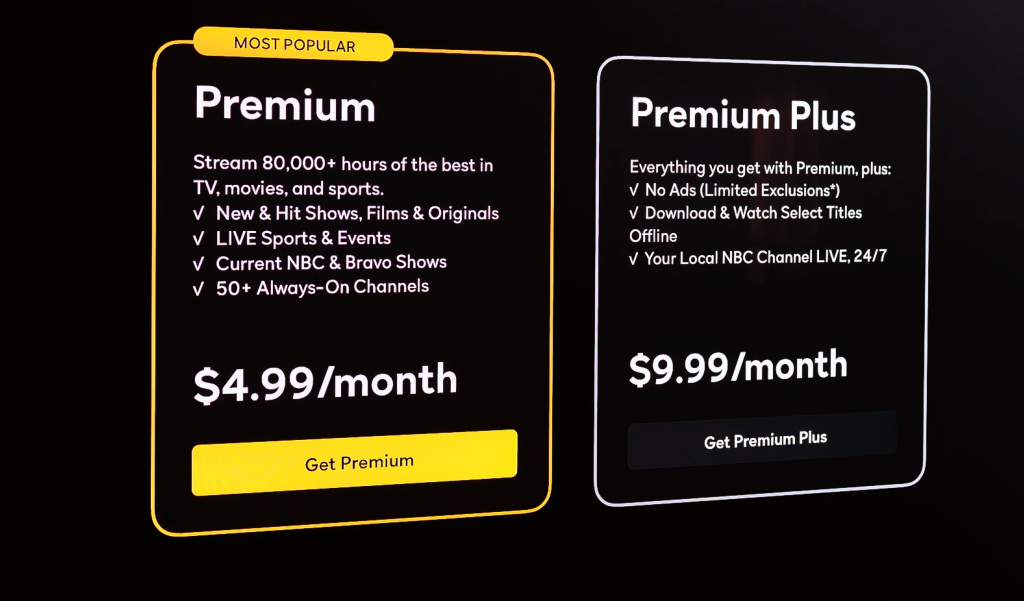
Some apps are offered for free along with a paid subscription option. The application can be downloaded for free, but access to its content or features may be limited i.e. to fully use the application, user needs to subscribe. This strategy is found in service-based apps (like the Headspace meditation application) or content-focused apps (like news aggregators). The Freemium model is pretty similar to the subscription-based one: free initial download with a paid upgrade to use additional features. Such apps are usually offered in stores in the free category, which allows them to build an initial user base and, over time, turn it into an audience of paid subscribers.
For instance, individuals can pay separate delivery fees each time they order food via the Glovo app or subscribe to Glovo Prime and enjoy free delivery for the whole month:

Combination of Different Monetization Strategies
An alternative approach involves integrating multiple strategies concurrently. For instance, in-app purchases can serve as the primary revenue stream while incorporating ads within the application enables earning from individuals who do not make in-app purchases. Alternatively, for freemium models, a blend of advertising and in-app purchases can be implemented, supplemented by a subscription option enabling ad bypassing and additional feature access for users.
For instance, Duolingo offers learners to purchase gem packs right in the app PLUS offers extended ad-free subscription option with unlimited hearts:
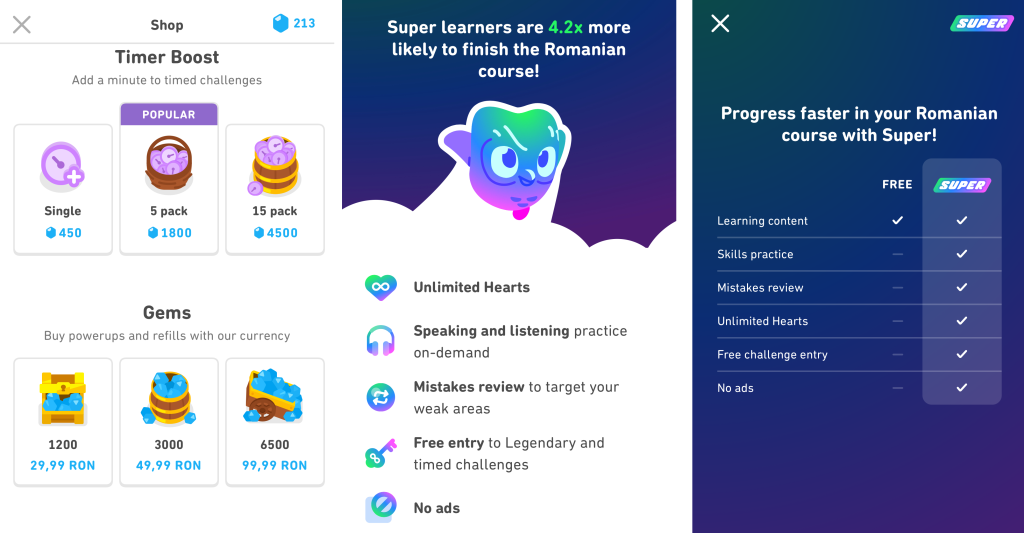
Paid Application
Sometimes, applications are offered exclusively in a paid version. Such products are usually so useful that there is simply no free alternative to them. For instance, this strategy is often used in the productivity apps category. Remember that with this approach, your application must be truly useful or offer unique features. Otherwise, it will be extremely difficult to build a user base and generate desired income.
Things 3 is considered one of the most successful personal planners in the category. The app continues to follow the one-time purchase strategy for each platform by offering a unique and convenient set of features:
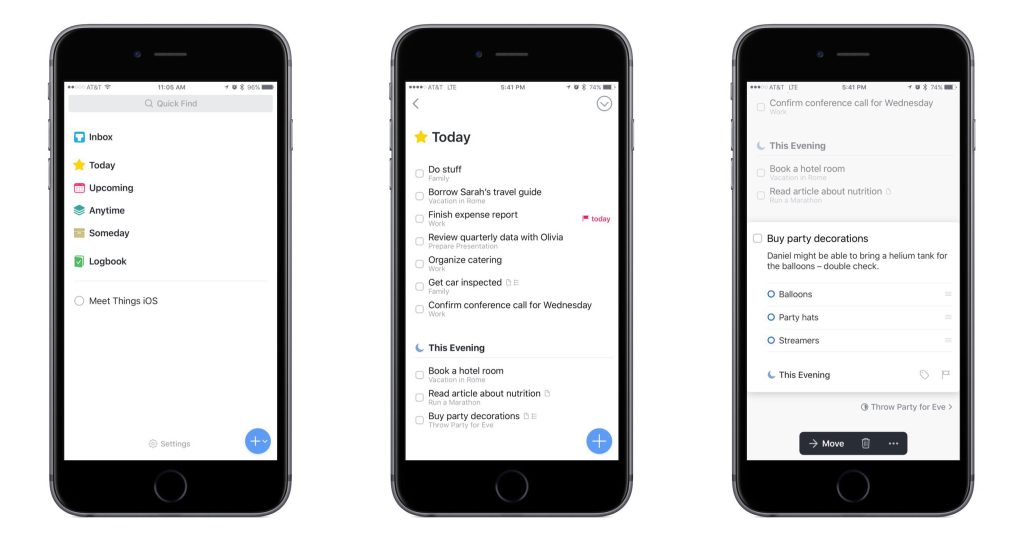
Important Metrics for Evaluating the Efficiency of Your App Monetization Strategy
Revenue
It is the income from all sources of monetization over a certain period of time. Gross revenue is the amount of cash you received after your strategies were implemented. Net income shows profit after deducting costs and expenses.
It is important to analyze income by source type. This way, you can understand which channels and strategies work better. For example, when comparing revenue from in-app purchases and subscriptions, it may turn out that subscriptions bring your more money. In this case, you can launch more advertising campaigns that lead to subscriptions.
DPU/WPU/MPU
Here, we analyze the average number of paying users per day/week/month. DPU/WPU/MPU information can be used to determine whether special events and limited-time promotions are effective tools for increasing in-app purchases.
ARPU = Average Revenue per User
The metric shows how much income an active user brings to your application on average over a certain period of time. Knowing this indicator, you see how effectively your strategy is generating revenue. Plus, you can also analyze the average revenue per PAYING user if you want to understand how much of your revenue comes from paying users, your most valuable ones.
User Lifetime Value
LTV is the total amount of money that a user brings in during the entire time they use the application from the moment of first installation until deletion. Knowing your average individual LTV is important for making decisions about marketing channels.
Its decline means that the quality of your audience is also declining. This could be due to poor audience selection or even ad fraud. Using the LTV forecast, you can better manage your budget – scale channels that will bring more profit and evaluate the return on advertising.
Return on Investment
ROI shows how much profit you get after investing in an advertising campaign. To ensure profitability, the ROI indicator must exceed 100%.
Tracking the ROI of your marketing campaigns will help you make the most of your advertising spend and increase your overall profits.
A few best practices when monetizing a mobile app
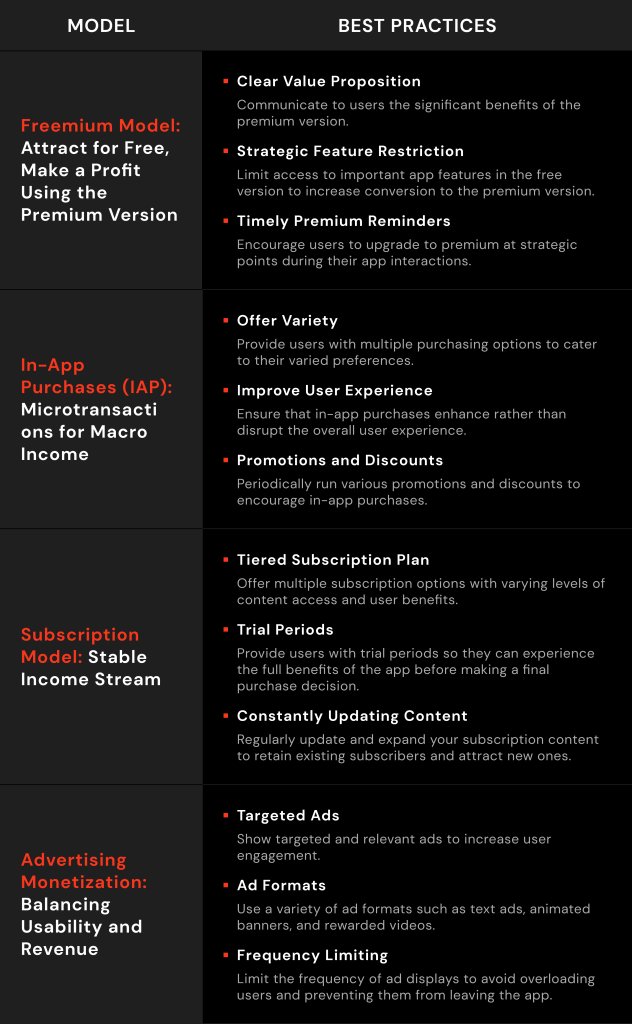
How do you know which monetization model is best for your app?
Your choice depends on the product type and the industry. For example, in the field of streaming services like Netflix, the most common model is a monthly subscription. It allows companies to build a regular client base and guaranteed income. They can retain subscribers by producing new content and providing more choices. One more example is mobile food delivery applications that usually get a commission from orders. As a rule, companies from one industry try to adhere to generally accepted rules that target audience is accustomed to. Otherwise, it can be difficult to “retrain” them to another format.
Challenges and potential obstacles to implementing an app monetization strategy
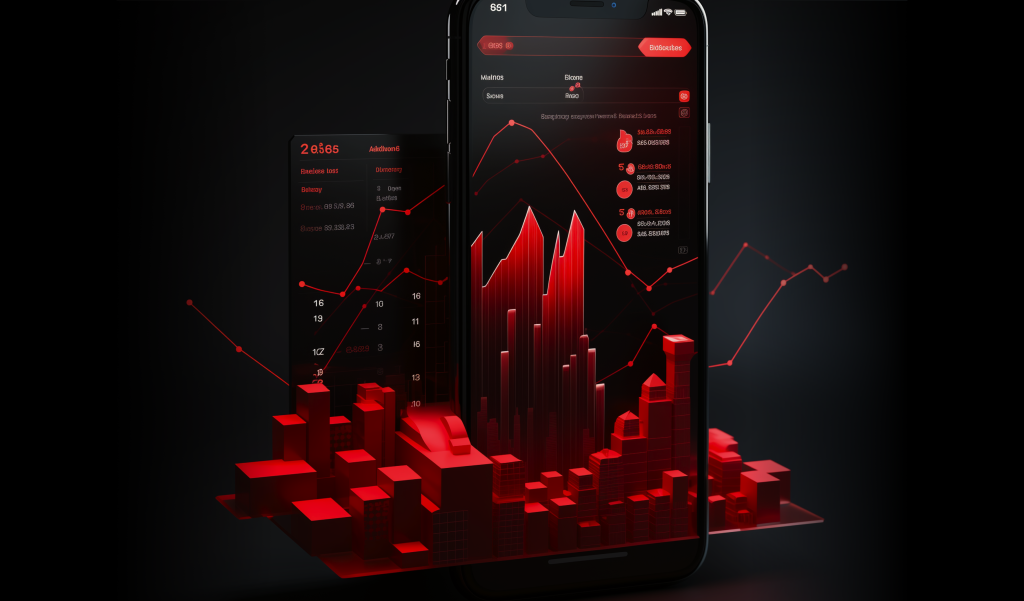
First of all, you should build your mobile app monetization strategy on two “turtles”: target audience and product value. Even if you think your product is for everyone, it is worth considering not only gender, age, geo, but also behavioral data. When the TA is determined, think about reasons people would like to pay for your product. Then, you can start analyzing ways of monetizing an app. Usually, founders deal with the following challenges here:
Advertising Network Selection May Be Difficult
There are many advertising networks on the market that provide traffic monetization services. The most common mistake is to start working with one advertising network and not test the others. Different market players have different traffic quality, analytics capabilities, and advertising control. A couple of weeks of working with one network are enough to understand its effectiveness.
Advantages and Disadvantages of each strategy are not clear
A freemium model can irritate people because they may get only few useful features for free. If you selected a Subscription-based option, the hardest thing here is to understand how much free content you need to give people before asking to subscribe. In-App Purchases are suitable for games, retail apps, and utilities, but there is also a big risk of “accidental” purchases with subsequent refunds and bad reviews. Thus, it is very important to properly analyze pros and cons of each option for your particular case.
The scalability of the chosen strategy Should Be Considered
The income generation plan should fit into a long-term general strategy. As the product develops, income generation opportunities should increase! For instance, adding extra features with time to stimulate in-app purchases to the game would be a smart move.
Conclusion
Monetizing your solution may seem like a long and inconvenient process. However, it is not as difficult as it seems! Study the mentioned variants and think about which one will be most effective in your case. You always have the opportunity to try different variants and act further based on the results achieved. Focus on the customer journey, constantly analyze the duration of sessions, and adjust the monetization app strategy accordingly.